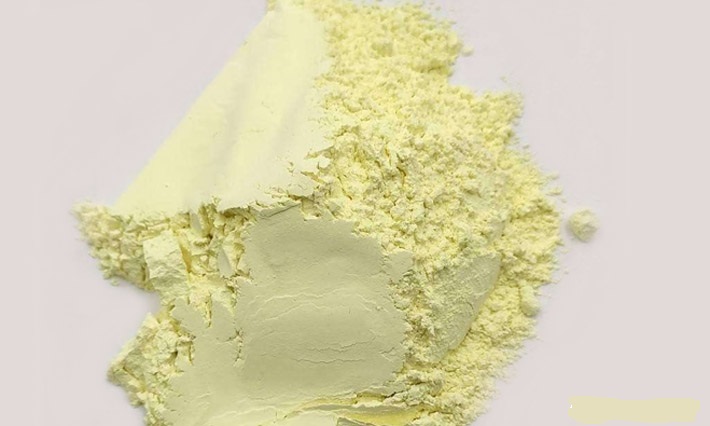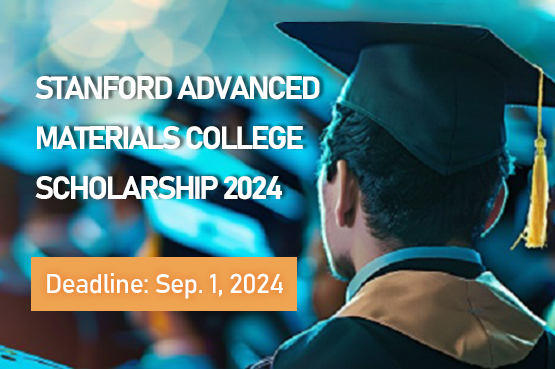How Is Tungsten Trioxide Used in Cobalt-Free Batteries?
As one of the recent hot topics, cobalt-free batteries can simply be considered as an upgraded version of the current commercial ternary lithium batteries. Because of their higher energy density and lower production costs, they are popular among many battery manufacturers. So, as a typical transition metal N-type semiconductor material, how is tungsten trioxide used in cobalt-free batteries?

How is tungsten trioxide used in cobalt-free batteries?
In addition to being used as a modifier of cobalt-free battery cathode materials, ultra-fine tungsten trioxide powder can also be used to produce high-performance anode materials.
In terms of cathode materials, the use of tungsten trioxide powder can not only reduce the amount of cobalt metal used but also effectively improve the specific capacity and thermal stability of the product. In terms of negative electrode materials, the use of tungsten trioxide powder can significantly improve the rate performance and lithium storage kinetics performance of the produced negative electrode materials.
As we all know, the biggest cost of new energy vehicles lies in power batteries. As far as the ternary lithium battery that currently dominates the market, the cobalt contained in it is a very important rare metal. Its distribution area is small and the output is small, making the price of cobalt is relatively higher compared to other rare metals for a long time, which greatly increases the production cost of power batteries.
In February 2020, Tesla proposed the concept of cobalt-free batteries, which pushed cobalt removal to the forefront, and various cobalt-free solutions gradually appeared in power battery companies.
Because of their unique physical and chemical properties, tungsten trioxide nanoparticles are often used to replace cobalt in lithium-ion batteries. This is mainly because the tungsten oxide has the characteristics of a larger specific area, higher specific gravity, and good mechanical stability, which can significantly improve the specific energy density and thermal stability of the cathode material. This also means that the positive electrode material containing tungsten trioxide is less likely to undergo thermochemical reactions with the electrolyte, thereby reducing the possibility of a sharp rise in partial pressure and temperature in the battery.
In order to further improve the capacity and charge-discharge rate performance of the cobalt-free battery, some researchers have indicated that tungsten trioxide powder can also be used to prepare the negative electrode material. However, it should be noted here that tungsten trioxide is best combined with graphene (RGO), which can significantly improve the comprehensive performance of electrochemical lithium storage of composite materials.
Due to the synergistic effect between tungsten trioxide and graphene, the reversible specific capacity of WO3/RGO nanocomposites at a rate of 0.1C is not only much better than that of WO3 and RGO monomers but also greater than the sum of the capacities of the two monomers.
In addition, WO3/RGO nanocomposites also have stable cycle performance and good rate performance. After 100 cycles at a 0.1C rate, the reversible specific capacity remains at 635mA/g, and the capacity retention rate is 83.4%. Under a 5C rate, its reversible capacity can still maintain 460mA/g, which is much higher than the theoretical specific capacity (372mA/g) of graphite anode materials used in commercial lithium batteries.
This also indicates the potential application of the prepared tungsten trioxide/graphene composite material in a new generation of lithium-ion batteries. Next, the vigorous development of cobalt-free batteries may help further increase the demand for tungsten trioxide.
Conclusion
Thank you for reading our article and we hope it can help you find the answer to the question of how is tungsten trioxide used in cobalt-free batteries. If you want to know more about tungsten trioxide and other tungsten products, we would like to advise you to visit Stanford Advanced Materials (SAM) for more information.
Stanford Advanced Materials (SAM) is a worldwide supplier of tungsten products and has over two decades of experience in the manufacture and sale of tungsten and tungsten alloys, offering high-quality tungsten products to meet customers' R&D and production needs. As such, we are confident that SAM will be your favorite tungsten product supplier and business partner.









